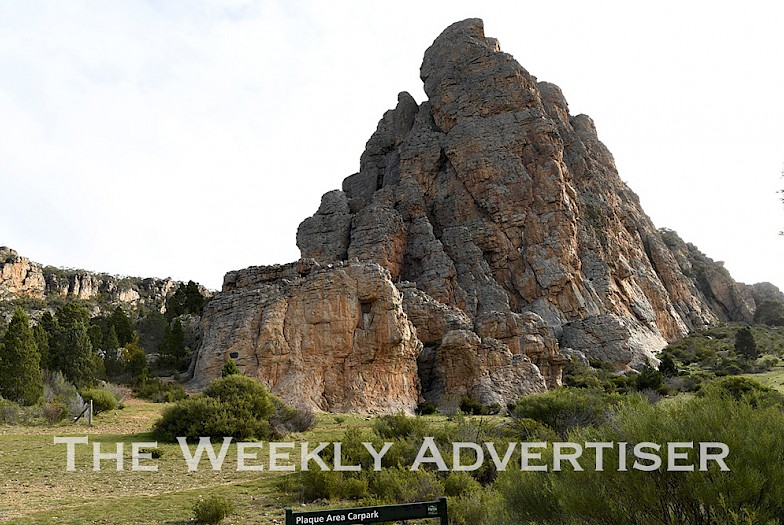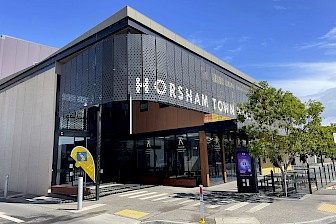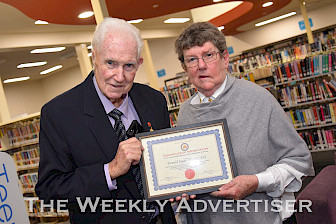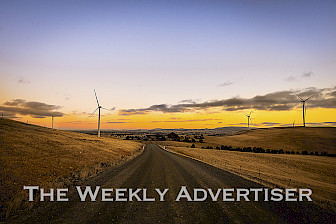Discoveries of the stone-tool sites led to Parks Victoria and the land council closing areas of the parks to recreational users such as climbers late last week to allow for archaeological survey work.
The closures include a 200-metre section along a popular rock-climbing area at Mount Arapiles known as Tiger Wall, as well as locations known to climbers as Plaque Wall, Chicken Boulder, Castle Crag and Lil Lil in the nearby Red Rock Bushland Reserve.
Closures sparked anxiety from Natimuk residents and rock climbers across the country concerned about the future of the small rural town and Mount Arapiles.
Land council acting chief executive Tim McCartney said data showed there was a growing appetite for cultural tourism, where both domestic and international visitors were keen to learn about indigenous culture through an ‘immersive’ guided experience.
He said the discoveries at Mount Arapiles and Black Range presented an opportunity to support regional tourism as well as celebrate and teach indigenous culture.
“The opportunities with cultural tourism are endless,” he said.
“This really provides a great opportunity to increase visitor numbers but also to change a bit of the visitor demographic that visit Arapiles.”
Mr McCartney said First Nations tours could take visitors on country to learn about indigenous culture and provide a ‘memorable and immersive’ experience.
“A lot of Aboriginal tourism is based on museums and cultural centres, but museums are looking back at a particular point in time – they’re not looking at the living landscape of a living culture,” he said.
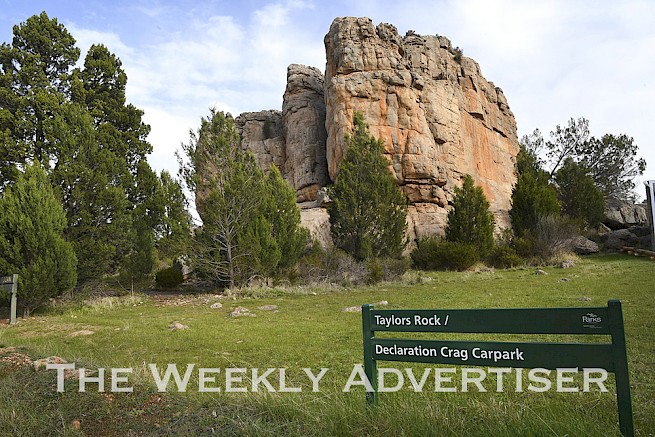
“We think there’s an opportunity for people to have an authentic experience of getting on country with a Traditional Owner, walking around a site such as Arapiles, or Dyurrite, sharing stories of the landscape and the culture,” Mr McCartney said.
He said data from Tourism Western Australia showed four out of five visitors said they would be interested in experiencing Aboriginal tourism in the state if it was easily accessible.
He said this demonstrated that raising awareness and supply of Aboriginal tourism experiences was ‘critical’ to meet visitor demand.
“There are opportunities for cultural tourism that exist now – the demand is there now,” he said.
“We know international tourism, especially, is driven by the connection to the world’s longest living continuous culture.
“But the opportunity for us now is to really embrace cultural tourism from a domestic market to ensure that we do this in the right way, so we can have people advocating for our Traditional Owner groups around the authentic telling of those stories and work on that to create a narrative.”
Mr McCartney said the socio-economic benefit had ‘great potential’, with research showing for every dollar of revenue, indigenous businesses created $4.41 of economic and social value.
He said BGLC was invested in ensuring this benefit would flow on to communities such as Natimuk.
“The future going forward is a shared future with the residents of Natimuk. We’re about making sure we can collaborate with this work so the whole community can benefit from it,” he said.
On country manager Stuart Harradine reiterated BGLC was keen to ensure a balance between cultural and recreational interests.
“We recognise there could be and will be significant impacts on the local economy due to closures,” he said.
“The economy is fairly dependent upon rock-climbing interests.
“But we feel like we can expand on that and tap into a broader tourism market in partnership with different businesses at a local level.
“We want to talk to representatives from the Natimuk community to explore potential options around that and how cultural tourism can feed back into benefiting the local economy.”
Wimmera Development Association executive director Chris Sounness said cultural tourism could link into the region’s emerging tourism industry growing off the back of the Silo Art Trail.
“This is an untapped market. To have an opportunity to have an indigenous experience will enhance the reason for people to get out of their car and interact with the country and help develop understanding from different perspectives,” he said.
“It’s going to be a matter of finding the right investors and partners to make them real.”
Mr Sounness acknowledged closures at Mount Arapiles and other popular areas presented a challenge.
But he said he was confident communities such as Natimuk would emerge stronger together.
“It’s a positive community that has continuously showed a lot of adaptability and has a strong community spirit and a mix of people living there,” he said.
“They’ve shown that when you’ve got a good group of people working together you get a good outcome.”
The entire November 4, 2020 edition of The Weekly Advertiser is available online. READ IT HERE!
